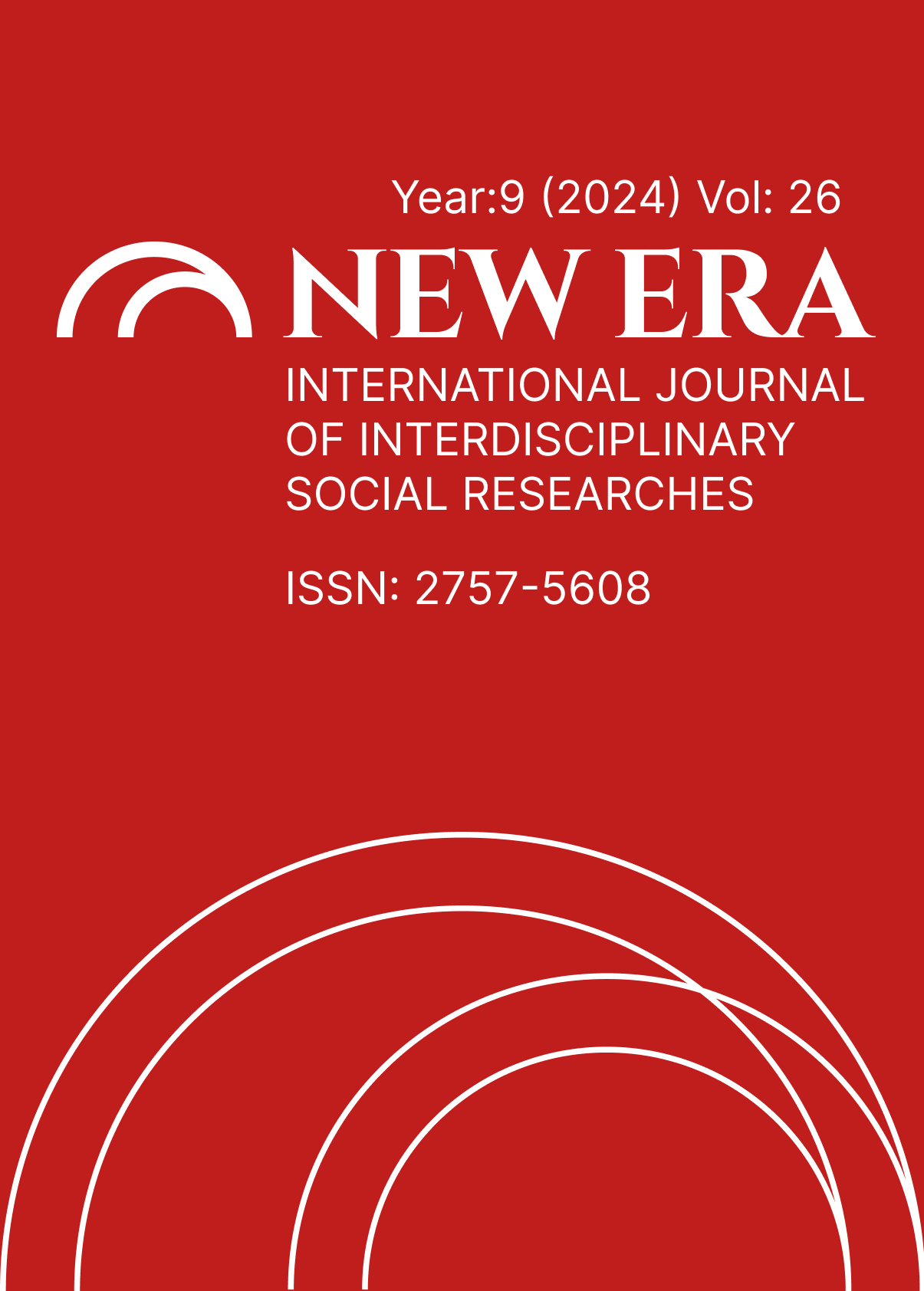INVESTIGATION OF MÜSLÜM MOVIE IN THE CONTEXT OF SCHEMA THERAPY FOR COUPLES
INVESTIGATION OF MÜSLÜM MOVIE
DOI:
https://doi.org/10.5281/zenodo.14552167Keywords:
Jeffrey Young, family therapy, family balance, family communication, film analysisAbstract
"Müslüm" is a 2018 biographical film that tells the life story of Müslüm Gürses, one of Turkey's most famous Arabesque music artists. The film portrays Gürses' difficult and tragic life, his ups and downs, the rise of his music career, and his personal struggles. Themes such as family bonds, losses, and the fight for survival are explored in the narrative. Another significant character in Müslüm Gürses’ life, as depicted in the film, is his life partner Muhterem Nur. Their relationship, while full of ups and downs, is based on profound love.Schema therapy, developed by Jeffrey Young, integrates various approaches, including cognitive-behavioral therapy, attachment theory, psychoanalytic concepts, and experiential therapies, designed particularly for individuals dealing with long-term psychological issues. Schema therapy focuses on the "schemas" formed during childhood that influence individuals’ relationships, thoughts, and behaviors throughout their lives. This study employs qualitative research methods, particularly document analysis, to explore how childhood experiences shape individuals’ behaviors and affect their lives.
References
Kılıç, M. (2018). Müslüm film analizi ve biyografik anlatının psikolojik temsili. İstanbul: İletişim Yayınları.
Rafaeli, E., Bernstein, D. P., & Young, J. (2011). Schema Therapy: Distinctive Features. New York: Routledge.
Caligor, E., Kernberg, O. F., & Clarkin, J. F. (2007). Handbook of Dynamic Psychotherapy for Higher Level Personality Pathology. Arlington: American Psychiatric Publishing.
Arntz, A., & van Genderen, H. (2009). Schema Therapy for Borderline Personality Disorder. Chichester, UK: John Wiley & Sons.
Bordwell, D., & Thompson, K. (2010). Film Art: An Introduction. New York: McGraw-Hill.
McAdams, D. P. (2001). The Psychology of Life Stories. Review of General Psychology, 5(2), 100-122.
Young, J. E., Klosko, J. S., & Weishaar, M. E. (2003). Schema Therapy: A Practitioner’s Guide. New York: Guilford Press.
Sharp, C., & Smith, J. V. (2002). Using Film as a Therapeutic Tool. Psychotherapy: Theory, Research, Practice, Training, 39(3), 263-267.
Dermer, S. B., & Hutchings, J. B. (2000). Utilizing Movies in Family Therapy: Applications for Individuals, Couples, and Families. The American Journal of Family Therapy, 28(2), 163-180.
Yıldırım, A., & Şimşek, H. (2013). Sosyal Bilimlerde Nitel Araştırma Yöntemleri (9. baskı). Ankara: Seçkin Yayıncılık.
Downloads
Published
How to Cite
Issue
Section
License
Copyright (c) 2024 NEW ERA INTERNATIONAL JOURNAL OF INTERDISCIPLINARY SOCIAL RESEARCHES

This work is licensed under a Creative Commons Attribution-NonCommercial 4.0 International License.


